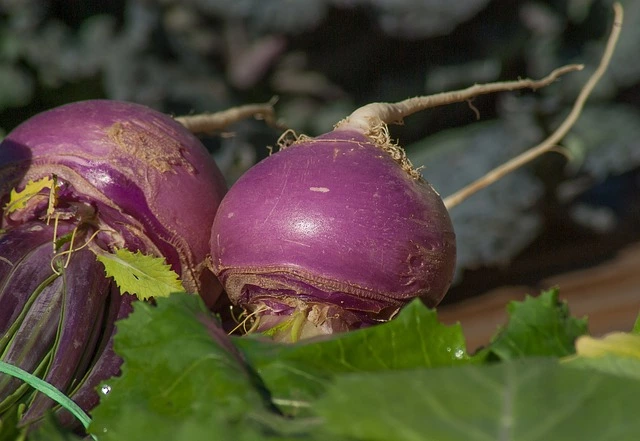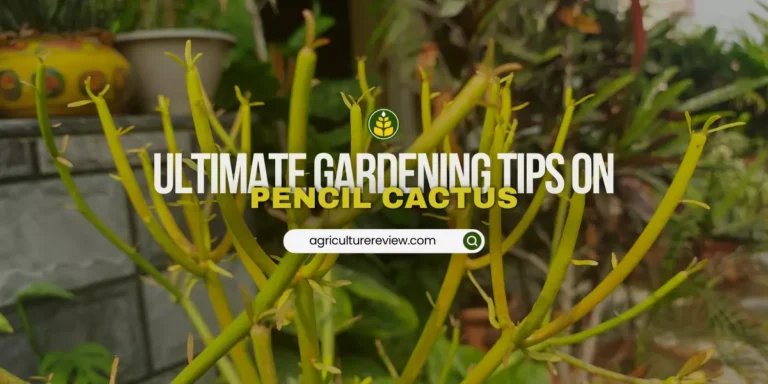This ultimate guide on how to grow turnip will help you in knowing about growing season, propagation, sunlight, watering, fertilizers, etc. This will help you to provide good care of your turnip plant in the garden. Moreover you will also learn pests, diseases of turnip and their management.
Table of Contents
Introduction
Turnip is a root vegetable like beetroot that can grow well in cool temperate climate. They grow really fast and you can harvest healthy edible root within 60 to 90 days after sowing of seeds. Turnips are rich in Fibres, Vitamins K, A, C, E, B1, B2, B3, B5, and B6.
You can consume them raw, boiled, baked, or roasted. So imagine the happiness of eating homegrown healthy and delicious turnip.
But wait!
Are you not sure from where to start? Well this guide brings to you complete step by step process to grow turnips in the garden. So keep reading till the end and do not miss out any of these important points.
How To Grow Turnip?
Most people repeat this common mistake of sowing seeds at wrong time in not so suitable soil. Therefore knowing about growing season and soil or potting mix is very necessary to avoid poor seed germination rates. That’s why first we will learn about climate and soil requirements for growing turnip.
Growing Season
You can grow this root vegetable in USDA plant hardiness zones 2, 3, 4, 5, 6, 7, 8, and 9. You can either sow seeds during late summer or early spring season. For best flavour and excellent root growth temperature range of 10 to 16o Celsius is considered ideal.
For winter harvest, you can sow seeds from August to November. However for late spring harvest, sow seeds 2 to 3 weeks before the average last spring frost date.
Potting Mix
Well drained, loose sandy to sandy loam soil with slightly acidic pH of around 6.0 to 6.5 is good for turnips. Avoid growing them in heavy or clayey soil because due to high water holding capacity root rot can occur.
If you are growing turnip in containers then you can prepare potting mix by adding 30% soil + 30% sand + 40% bulky organic manure. You can use dry cow dung manure as bulky manure.
Selection Of Pot
You can use any medium to large sized rectangular pots with at least 2 to 4 drainage holes at the bottom. Drainage holes are necessary to remove excess water from the pots.
How To Sow Turnip Seeds?
Buy high quality, disease resistant seeds from the market. Fill the container with ideal potting mix and leave 1 to 3 inches space at the top. Sow seeds in line and maintain 7 centimetres distance between each seeds. Cover seeds with a thin layer of potting mix.
Apply water immediately after sowing of seeds and keep the soil evenly moist. Place this pot in a sunny location and within a week you will notice the growth of new seedlings. Thin out any weak or unhealthy plants to maintain good plant growth.
Turnip Plant Care
Sunlight
Turnip plant loves full sunlight to grow but they can even do well under partial shade sunlight. Place or plant turnip in a region where it can receive at least 6 to 8 hours of direct to partial shade sunlight.
Watering
Consistent moisture is necessary for good growth of turnips. But avoid soggy or waterlogged soil. Mulching with a layer of chopped straw or onions is good for moisture retention. Apply water whenever the top layer of soil becomes dry.
Fertilizers
Turnips are not heavy feeders. Hence you need not to worry about fertilizer application. But you can add one to two handful of any organic fertilizer like vermicompost once in a month to encourage growth. This will be enough for turnips.
Pests & Diseases
Pests like aphids, flea beetles, maggots, stinkbugs, etc. can damage your crop. Diseases like Downy mildew, white rust and black rot are common in turnips. Avoid wetting of leaves or excess watering to reduce chance of diseases.

Harvesting
You can start harvesting 60 to 90 days after sowing of seeds. With the help of your hand gently pull out the plant by holding their green top. You can also loosen the soil around the base before harvesting to avoid damage.
Author’s Note
I feel now you won’t face any problem in growing turnips in your garden. However, if you have any ideas, queries, or suggestions then you can leave your comment below. You can also connect with Agriculture Review on Facebook, Instagram, and Koo.



